If you are wondering what are those brown spots on your citrus leaves then you came to the right article. Brown spots on citrus leaves can be a sign of pests or diseases. It can be really challenging to distinguish which reason is causing your citrus tree to have brown spots.
In this article, I will introduce to you one of the most popular causes of brown spots on citrus leaves ‘Citrus Anthrocnose‘, and how to treat and prevent it.
Table of Content
- What is Citrus Anthracnose
- What Causes Citrus Anthracnose
- Symptoms
- Chemical Treatment
- Prevention Method
What is Citrus Anthracnose (Brown Leaf Spot)
Citrus Anthracnose, a brown leaf spot, is a fungal disease that affects many citrus species such as lemon trees, orange trees, and clementine trees. This fungal disease is very serious, it can spread very quickly and damages the entire tree.
It can even spread to the nearby trees. Additionally, it slows down the growth process which could lead to the death of the tree. It will also lead to a decrease in flowering and production.
One of the misconceptions about this disease is that it appears only in the spring period. This could be true as it is an ideal period for the spread and development of the fungus. However, Anthracnose can appear throughout the year when the appropriate conditions are provided.
What Causes Citrus Anthracnose
Similar to other fungi diseases, anthracnose can stay on dry and dead branches in previously infected trees or other diseases such as root rot.
High humidity and constant rainfall are considered favorable environments and conditions for the spread and development of the fungus.
When the temperature is more than 77°F (25°C) with high humidity, the fungus grows and the spots spread very quickly with the help of the wind and rain.

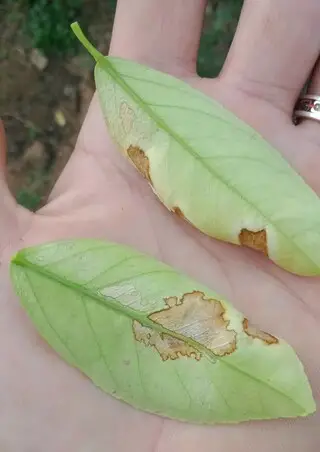
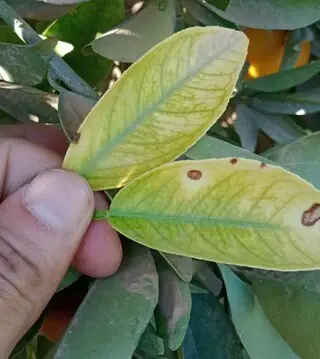
Related articles: Iron Deficiency Symptoms in Citrus Trees and How to Prevent & Treat Iron Deficiency in Citrus Trees
Symptoms
Symptoms of infection begin to appear on the leaves in the form of small semi-circular or circular spots scattered on the leaf with a light brown to black color.
The infection develops in the form of wounds. In severe cases, these spots fuse with each other to form necrosis. This affects the growth processes of the tree through photosynthesis and the respiration process.
The fruits will also get infected and fall. The branches wilt, starting from the top while the dryness of the branches extends to the bottom. As a consequence, the leaves turn yellow and start to fall.
Chemical treatments
Yes, we acknowledge the difficulty of treatment sometimes and full recovery from diseases. Many fungicides that carry various active substances can be used.
However, each active substance is used according to the development of the disease and the life cycle of the fungus. We need to also take the flowering period into consideration as it requires a gentile chemical drug.
Fungicides are also used according to the degree of progression of the disease. So, it is necessary to know and be familiar with the characteristics of the active substance in the product, the life cycle of the fungus, and the method of reproduction (sexual, asexual).
Additionally, you need to be sure that the brown spots on your citrus leaves are caused by anthracnose fungus.
Related article: Zinc Deficiency Symptoms in Citrus Trees
- Among the active substances used are :
- Azoxystrobin,
- Difenoconazole,
- Fosetyl aluminum,
- Thiophanate methyl,
- Chlorothalonil,
- Chlorothalonil.
Important Note:
- Sometimes two active substances can or must be combined at the same time to obtain better and more visible results.
- If you are a hobbyist and you are not sure about which one to use, make sure to contact a professional.
- The treatment mentioned above is also useful in limiting the spread of some other fungal diseases such as Alternaria rot.
Prevention Methods
- Carry out winter treatment with copper-containing products to eliminate the fungi reserved during winter. It can be treated twice, with a gap of 15 to 20 days. Personally, I prefer to use copper sulfate.
- Use modern irrigation methods.
- Pruning overlapped branches in case they overlap with each other.
- After pruning your tree, get rid of the branches asap.
- Pay attention to insects and pests such as aphids and spider mites. Aphids are capable of transmitting diseases and increasing their rapidity of spreading.
- Provide a well-balanced fertilization method to increase the ability of your citrus tree’s immune system.

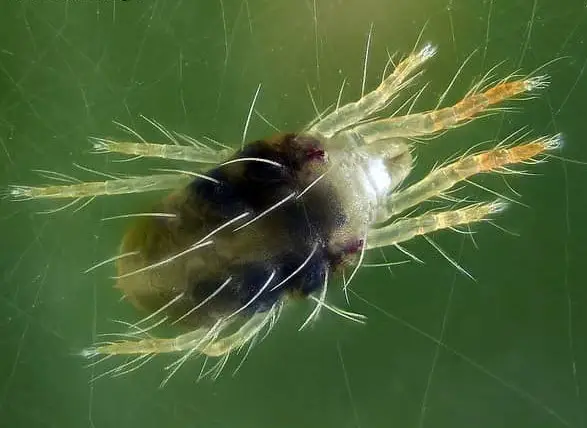
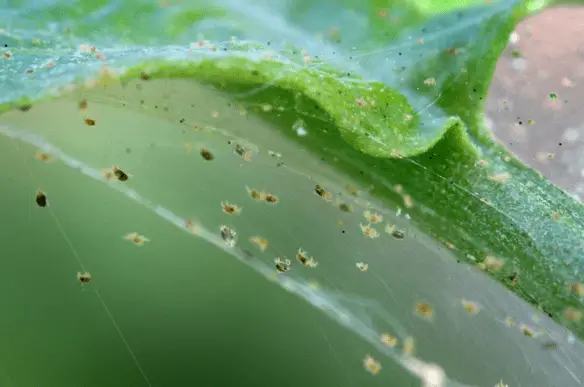
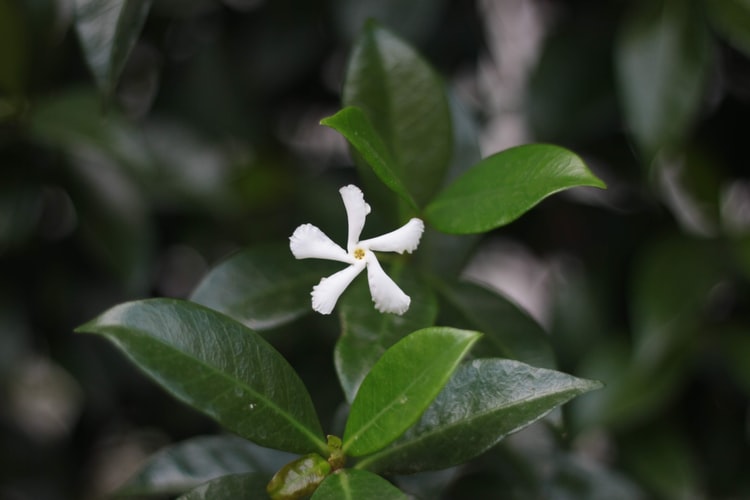
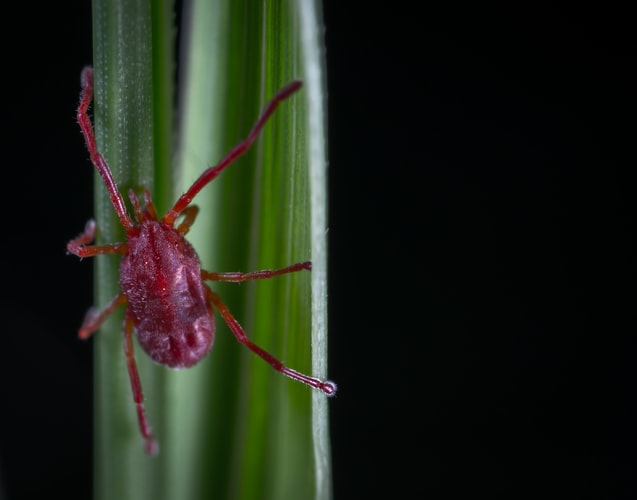
A round of applaud for your blog post.Much thanks again. Fantastic.